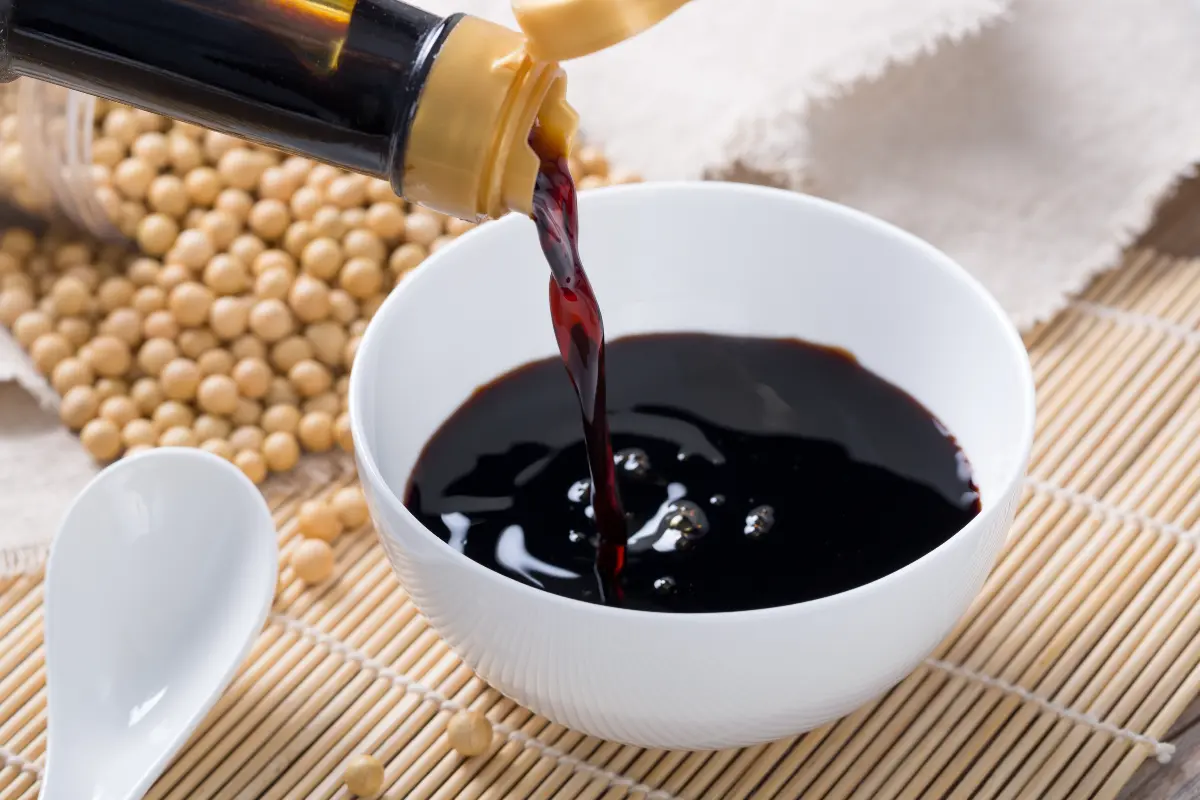Soy sauce is more than just a condiment; it's an ancient elixir that has seeped its way into kitchens around the globe, becoming a beloved staple in pantries everywhere. Its origins can be traced back to China over 2,500 years ago, where it began as a way to stretch salt, a luxurious and expensive commodity at the time. Today, it continues to be essential for its umami-rich, versatile flavour that can enhance a wide array of dishes.

What many might not realise is the intricate process behind the production of soy sauce, which contributes significantly to its complex flavour profile. Traditional soy sauce is made from a fermentation process that includes four basic ingredients: soybeans, wheat, salt, and fermenting cultures such as Aspergillus oryzae. These ingredients undergo a dance of enzymatic conversion, breaking down proteins and starches, a natural alchemy that can take months or even years to complete. It is this careful and time-honored method that imbues soy sauce with its unique savoury depth.
From a nutritional standpoint, soy sauce is surprisingly beneficial, but moderation is key due to its high sodium content. It's a source of trace minerals, including manganese, which is vital for bone health and metabolism, and selenium, an important antioxidant that helps protect cells from damage. Soy sauce also contains small amounts of protein and fibre due to its soybean base.
Soy sauce has three primary variants that are popularly used: light, dark, and tamari. Light soy sauce is thinner and saltier, making it ideal for cooking and as a dipping sauce. Dark soy sauce, aged longer, has a thicker consistency and a more intense, less salty flavour, which makes it perfect for stews and marinades. Then there’s tamari, which is generally made without wheat and is a great gluten-free option.
In the culinary world, the versatility of soy sauce is truly remarkable. Its usage transcends international borders, and it acts as a chameleon on the food palette, blending seamlessly with a myriad of flavours. In Chinese cuisine, it is indispensable in dishes like stir-fries and dumplings. In Japanese cooking, it accompanies sushi as a dipping sauce and is also used in teriyaki and ramen. Beyond Asian cuisine, innovative chefs all over the world are using soy sauce in unexpected ways, such as in caramel sauces for desserts, marinades for meat, and even in cocktail recipes.
But why stick solely to professional recipes? Soy sauce can uplift the taste of home-cooked meals in numerous ways. A small splash can round out the sweetness of a dish, while a generous pour in a marinade can tenderize and season meat to perfection. It can be a salad dressing ingredient or even a secret component in your next batch of chocolate chip cookies, giving that hint of depth and complexity.
Additionally, one doesn't have to be concerned about the shelf life of soy sauce. Thanks to its high salt content, it's a preservative by nature. Stored properly in a cool, dark place, a bottle of soy sauce can last for a surprisingly long time, maintaining its flavour and quality. So whether you’re a novice cook or a seasoned chef, making space for a bottle of soy sauce in your pantry is a wise decision.
Sustainability in food production is a pressing global issue, and the soy sauce industry is taking strides towards a greener future. Manufacturers are looking at ways to reduce waste and ensure that soybeans are sourced sustainably. Many are also preserving their traditional fermentation processes, rejecting artificial shortcuts, thus making the crafting of soy sauce both an art and a sustainable practice.
For those looking to explore the world of soy sauce, there are artisan and specialty soy sauces available, each offering a unique twist. Some are infused with mushrooms, others aged in different wood barrels, producing a spectrum of flavours from smoky to floral. Food enthusiasts revel in discovering how these nuanced variants can transform simple dishes into gourmet experiences.
With all these attributes, it’s no wonder soy sauce holds its place as one of the world’s most treasured condiments. Its universality and adaptability make it an indispensable asset in the kitchen. Whether you're looking to enhance a stir-fry, sprinkle a rich umami quality into vegetarian fares, or simply experiment with new flavour profiles, soy sauce is your ally. Weaving history, tradition, and taste into one, soy sauce’s legacy as a fundamental component in cuisines around the world is not only well-established but also richly deserved. Next time you reach for a bottle, consider the wonders it can do for your cooking and the time-honoured tradition it represents in every drop.